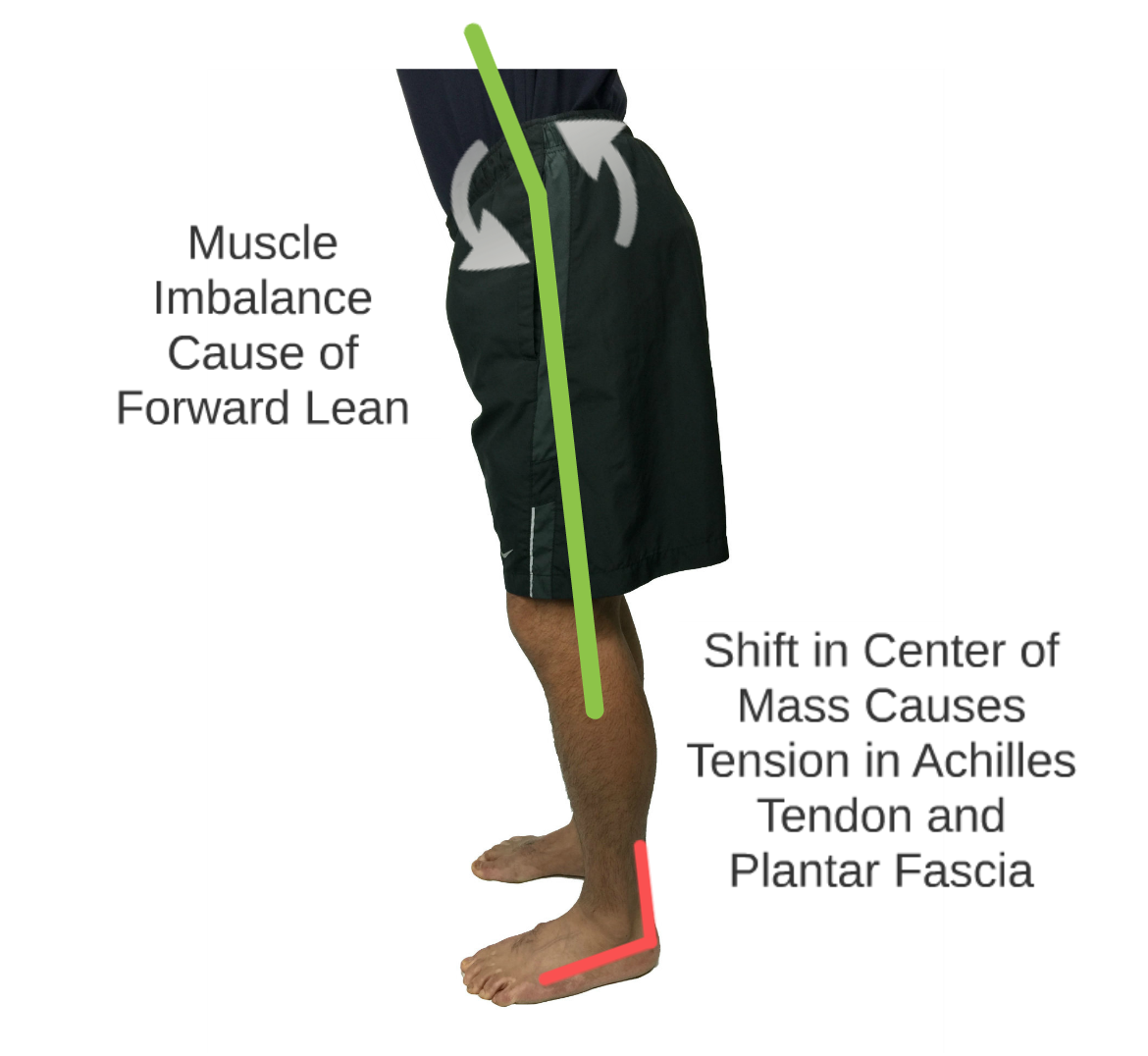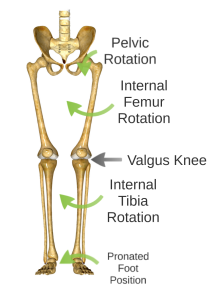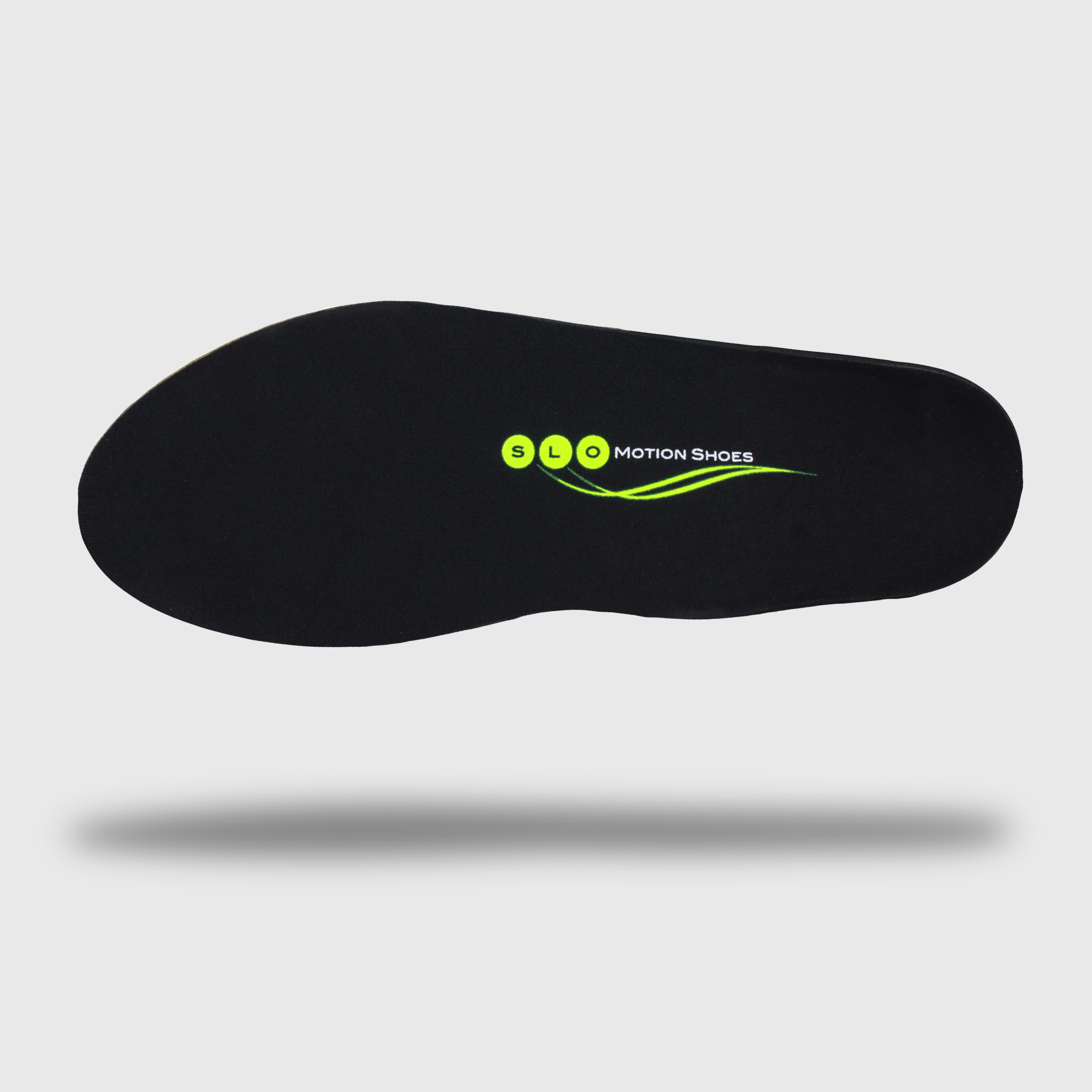Posted by slomotionshoes | 3 September, 2015
Plantar Fasciitis: It’s All in the Hips?
We come across customers that have completely tried everything from night splints, a shoe-orthotic combination, and stretches in the treatment of their chronic plantar fasciitis only to end up with lingering pain that never completely goes away. To completely rid yourself of this debilitating pain we may need an often forgotten piece of the complicated puzzle which is plantar fasciitis treatment. We often look for solutions to this condition at the lower end of the kinetic chain by reducing excessive motion at the ankles, but just like how overpronation can cause problems higher up the chain by causing lower back pain, having a weak core can cause problems to your feet.
Weakness in the gluteus region causes instability to your trunk that leads to excessive motion which when paired with hamstring or calf tightness can lead to overuse injuries. The gluteus medius and gluteus minimus muscles control the side to side movement of the body by countering the weight of your center of mass. If the gluteus muscles are weak they wont be able to counter the force of your center of mass. Without this stability the body will excessively sway from side to side stressing joints and soft tissue.

Although the unbalanced gait caused by a weak gluteus medius and minimus can have harmful effects, anterior pelvic tilt caused by an unbalanced midsection can be root of your plantar fasciitis. An anterior pelvic tilt is caused by a combination of tight back extensors, weak glutes and hamstrings, weak abdominals, and tight hip flexors all commonly caused by prolonged sitting which activates certain muscle groups and rests others. This anterior pelvic tilt leads to your body weight being shifted forward causing higher stress on the achilles tendon and the plantar fascia and making it hard to fully rest these areas enough for proper healing to occur.


Not only does a muscular imbalance cause a shift of weight but it also causes a skeletal misalignment down the kinetic chain. Weak glutes and tight hip flexors lead to an internal rotation of the femur, causes a valgus position of the knee, tibial internal rotation, and ultimately excessive pronation which loads the plantar fascia.
These muscular imbalances are caused by neglect of specific areas during a training regime and prolonged periods of sitting like discussed earlier. In a time when many people have go from bed, to driving, to a desk job, and back to driving it is important to stimulate neglected muscle groups with sport or a balanced strength training regime which targets the hips and core planned by a physical therapist or fitness professional. Low impact exercise in the form of an elliptical trainer, cycling and specially swimming are a great way to activate neglected muscle groups.
It is sometimes very difficult to precisely pin down the exact cause of overuse injuries like achilles tendonitis and plantar fasciitis making it important to perform as much passive treatment as possible. A shoe-orthotic combination, night split, massage therapy, stretching and strengthening should all be a part of your treatment of plantar fasciitis to address as many deficiencies as possible and get you on the road to recovery.
Checkout our treatment options and discover how you can help mediate the pain caused by plantar fasciitis and other foot and ankle conditions today!
-

Posted Orthotic
$60.00Offers a moderate to maximal level of support.Select options

